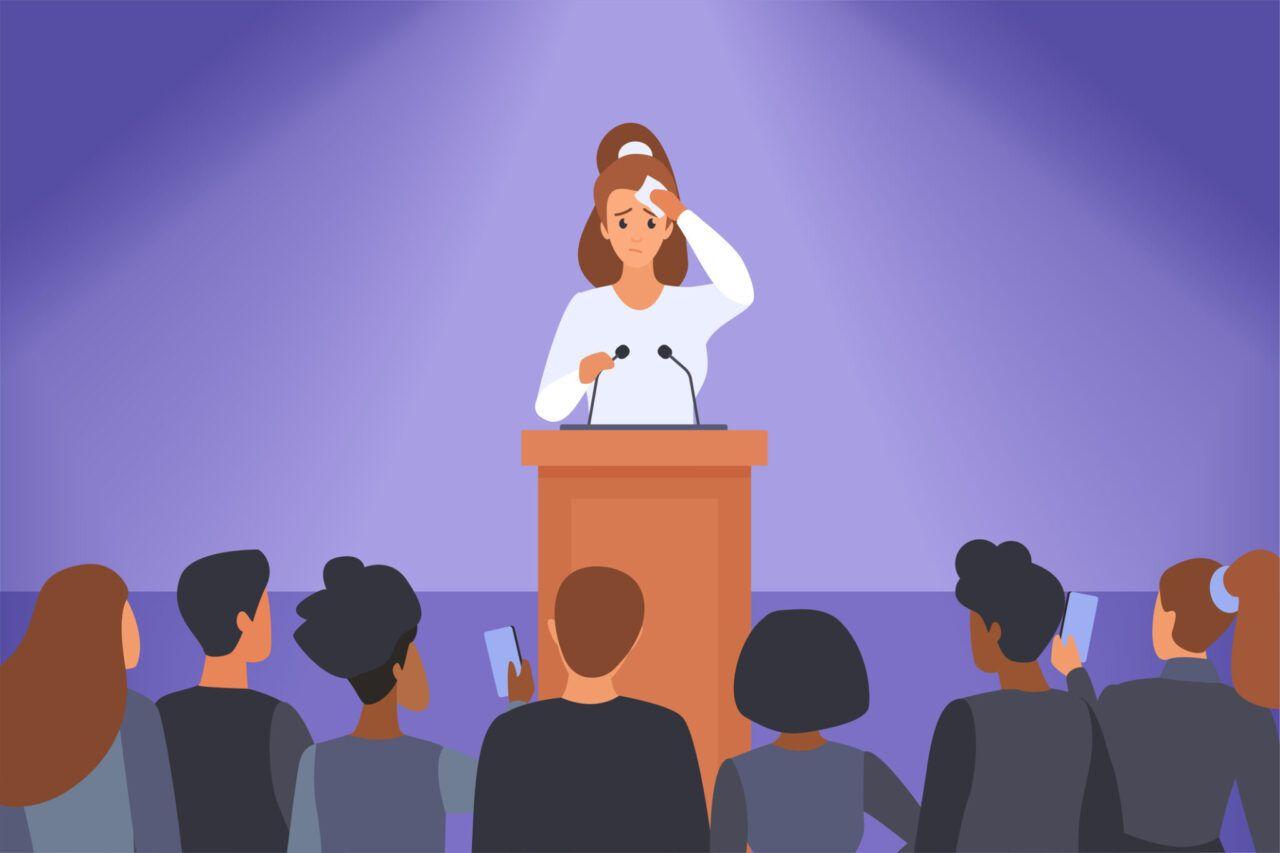
In a post-pandemic world, phobias around social interactions and public speaking are understandably as prevalent as ever.
Some of the top-listed phobias experienced by people globally are socialising and public speaking, for fear of being judged, rejected, and/or embarrassed.
Being afraid of public speaking or social interactions almost sounds like an unfounded fear, given that there is no real or immediate danger.
Especially when you stack it up against other common phobias like a fear of heights, flying, thunder, or spiders, for example.
However, as somebody who has felt fear and anxiety around the aforementioned, it can feel as real and dangerous as being chased by a wild animal.
Why do we have phobias?
Phobias are linked back to a defining moment in one's life, one where the brain makes a connection between fear or danger to a specific life event.
For example, Christopher likens it to a personal experience of his own where he did a presentation at school and everyone laughed.
Going forward, before he overcame the phobia, his brain accessed that past negative memory anytime he presented or thought about having to present in front of people.
Examples of how phobias can impact us
In his book, Christopher writes about a military soldier, a client of his, who opened up about a moment when he and his team were under gunfire, desperately trying to reach a helicopter to get to safety.
Of course, the phobia specialist understood this to mean that the solider feared being shot.
However, it was getting on the helicopter that scared him more.
If the irony that his fear of boarding the rescue helicopter put the soldier in more danger was not lost on me.
Christopher says that a lot of the time, people put themselves in real danger to avoid the object or situation that triggers their phobia.
What is the difference between a phobia and anxiety?
Both phobias and anxiety are a conditioning of your brain, where it accesses or has a response from a negative memory from a life event.
Although anxiety and phobias can be differentiated, Christopher explains.
"With anxiety, you also do a lot more of 'What if? and 'Buts', you're running a horror movie in your mind, so you're projecting that fear into the future.
"It's [anxiety] a fear of what may happen; a fear of a fear," he adds.
For example, many people with this anxiety may have thoughts like 'What if I embarrass myself?' or 'What if I freak out?'
Phobias, he adds, involve being afraid of something that isn't 'statistically dangerous' because of this conditioning.
With both phobias and anxiety, Christopher says, 'both are irrational'.
Fear vs Phobia
A fear can be normal and completely rational, however.
For example, if you're walking down a dark alleyway at night, fear will keep you on high alert and may even protect you.
Phobias, as previously mentioned, involve being afraid of something that may not necessarily pose a real threat to your life, such as public speaking.
"The worst case scenario is that everyone laughs at you and goes 'That was rubbish,' however, your mind makes a massive deal and that has a lot to do with being rejected by the group," Christopher explains.
"There's lots of tribal, primal, and mental responses to that, but you're not in any danger."
Common phobias
Christopher says, among the top fears, in no particular order, are social phobias, especially public speaking, animal phobias such as spiders and snakes, and flying.
Environmental phobias, such as thunder and lightening, for example, particularly in children, also ranks quite highly.
This book explores these well-known phobias in depth, the myths and realities surrounding them, and how clients of Christopher's overcame them.
Face Your Fears: 7 Steps to Conquering Phobias and Anxiety, is a 'roadmap' to overcoming phobias.
The book contains a step-by-step guide to addressing phobias and anxiety, with the science behind them, more information as to why our mind creates them, what’s happening in our brains and bodies when we are triggered, and what can be done to change it.
One tool I have used in the past is to try imagining the best case scenario instead of the worst.
At times, I will envision myself post-presentation relishing in the feelings of pride and relief before it even starts.
Unbeknownst to me, this is one of the tools that comes up in Christopher's book.
"With a lot of fears, for example, fear of flying, you imagine yourself on the beach drinking cocktail rather than you panicking on the plane.
"Or if you visualise yourself getting a round of applause and people patting on the back [after public speaking] saying 'Well done, that the great speech' rather than the before
"Where you put your focus will determine how you feel."
READ MORE:















